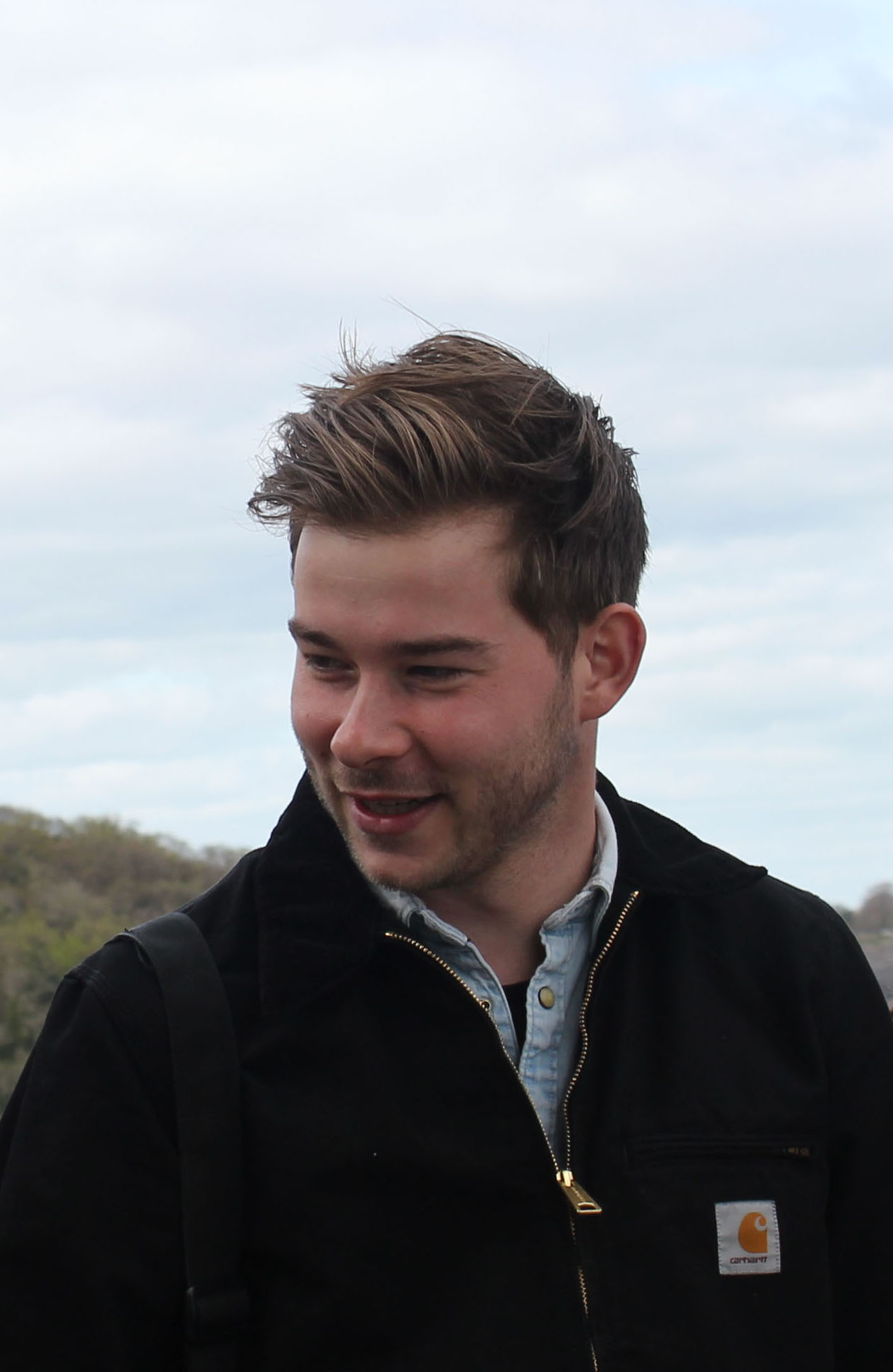Thomas van den Bliek, 5/5, home blogger ArtEZ Business Centre
Product Design
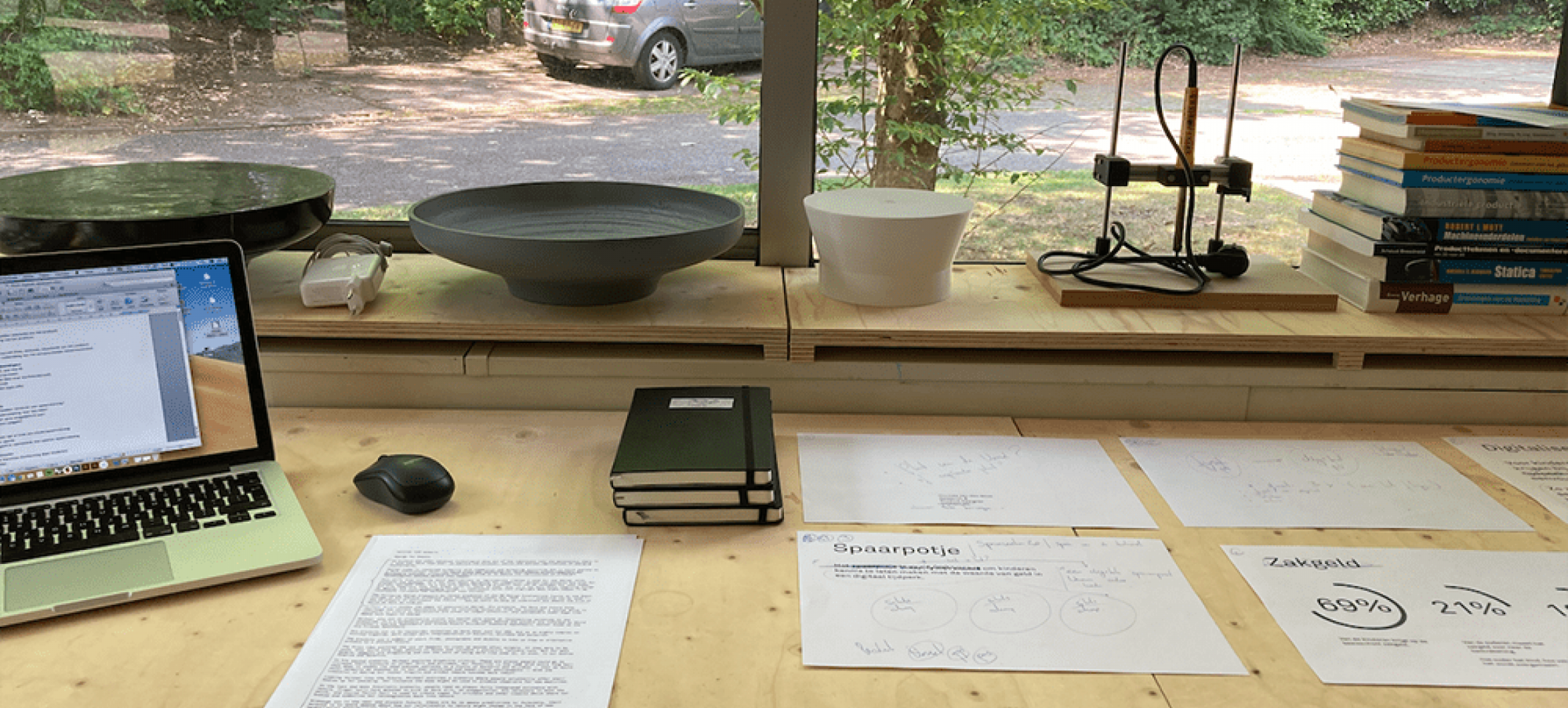
In my final blog, I will show you more about my interests, my process and my work through some photos and images.
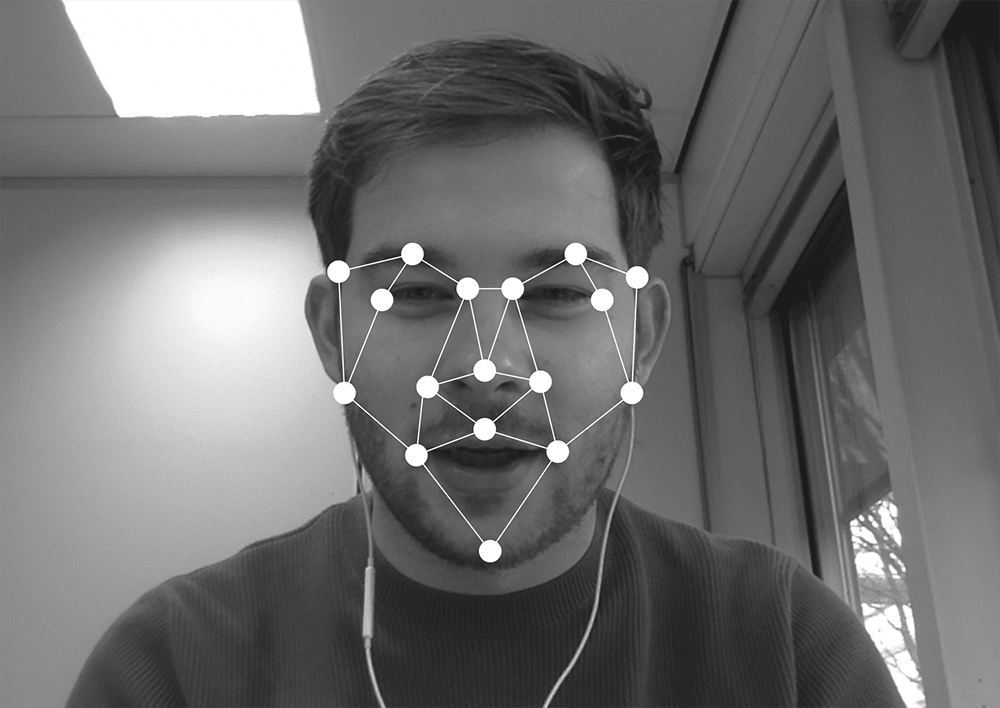
When I think of innovation, I see futuristic scenarios. Technology has penetrated into our living rooms and we’ve grown dependent on its frictionlessness and speed. But technologies are also shaping our existence and our relationships to our environment. When a new innovation comes to market, it’s almost impossible to get the genie back into the bottle or simply ignore it. IBM, a major technology company, has announced it will stop developing products using facial recognition. According to CEO Arvind Krishna, IBM is no longer willing to advance a technology used for ‘mass surveillance, ethnic profiling and abuses of fundamental human rights and freedoms.’
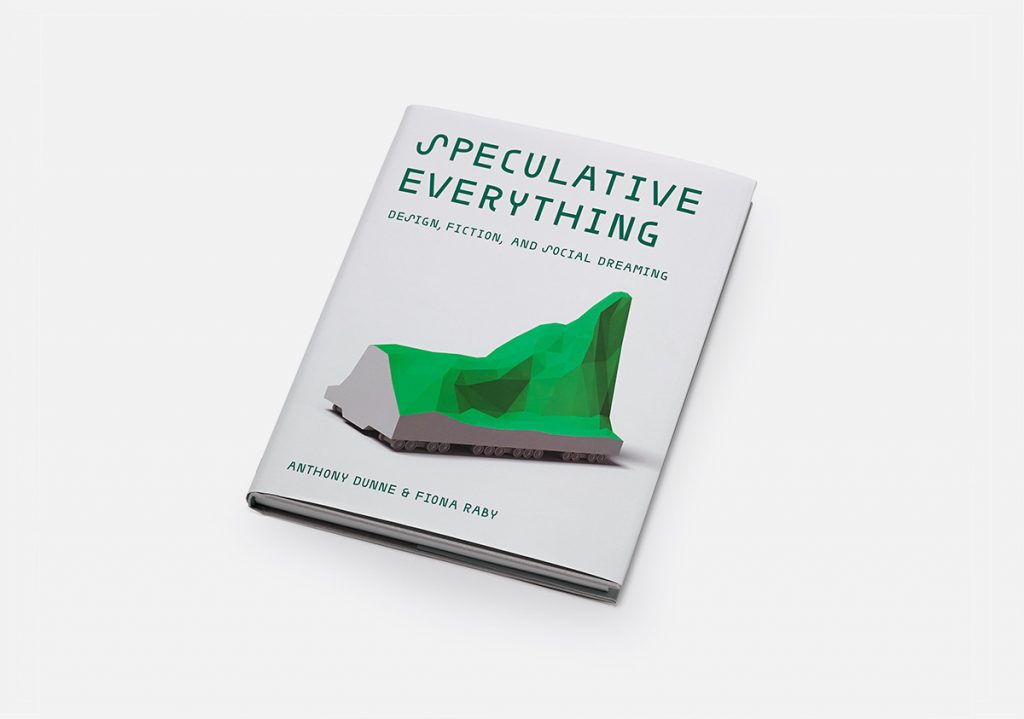
In their book ‘Speculative Everything’, Anthony Dunn and Fiona Raby demonstrate how design can be a tool not just to create objects, but also to create ideas, to speculate about possible futures. What if designers don’t just solve problems, but also propose them? This book has been an encounter with a method that really speaks to me. It gave me an interest in offering alternative possibilities to existing products, systems or technologies.
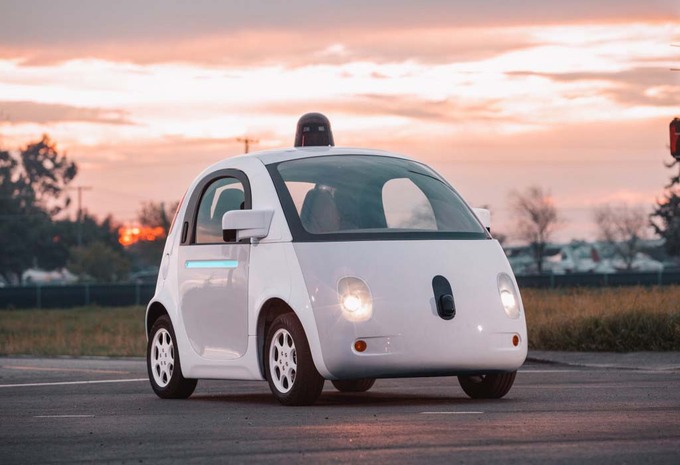
Our society is flooded with technology, but what is the impact of that on humans? We’re seeing a rapid transition from an analogue to an increasingly digital world. What is the role of a designer in that transition? Is our relationship to physical products going to change? How will today’s new technological developments impact our daily lives in five, ten, or a hundred years? Designing future scenarios is valuable. As a designer, I like to think about fast-forward images of the future, to see what implications might eventually emerge. By bringing that into focus, we can decide as humanity whether that’s a path we’re prepared to go down.
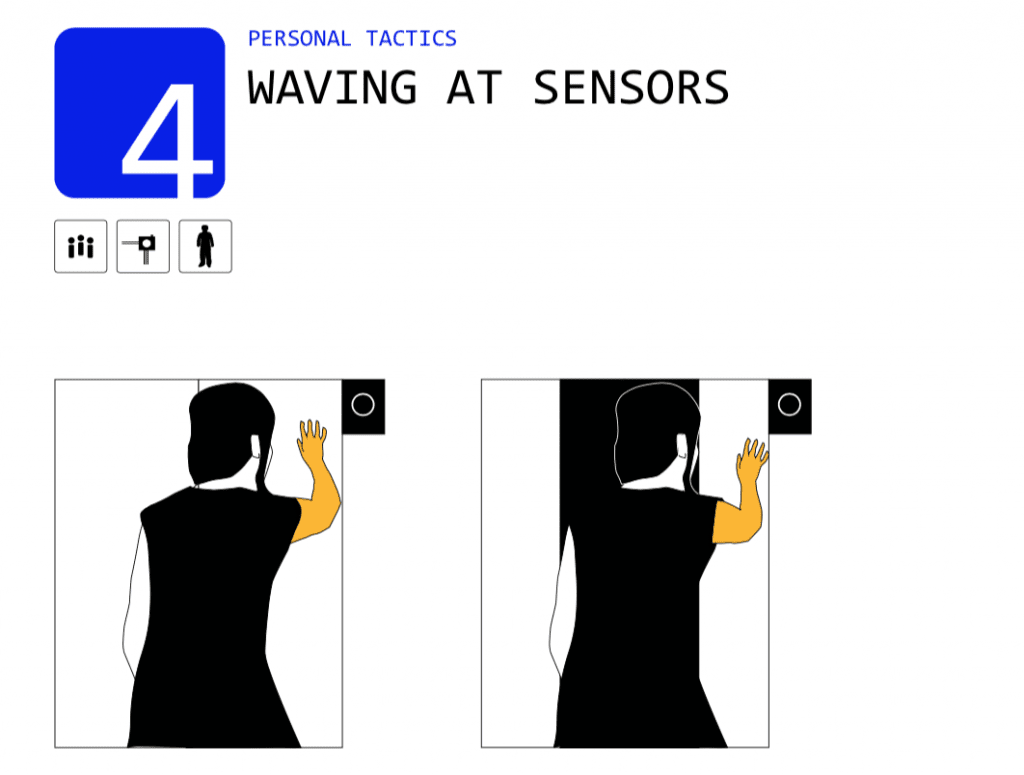
As a designer, I’m curious about the side effects of any new system, innovation or technological development. I wonder about the impact it might have in our daily lives and our human ways of managing these changes. The implementation of technology leads to new rituals. Our relationship to tech is often presented as a pleasant, frictionless cooperation. But what if the interests of technological advancement and the interests of humans are not aligned?
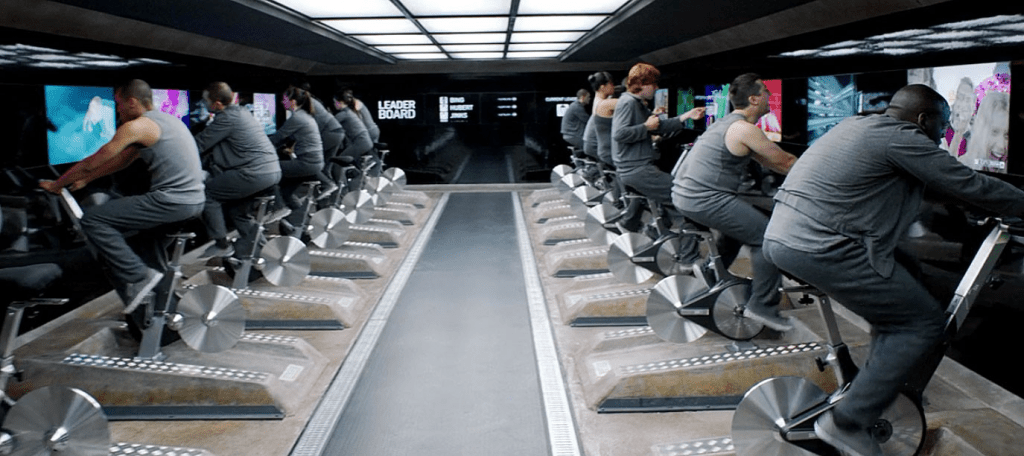
The British TV show Black Mirror depicts how our world is changing rapidly through various technological developments. Charlie Brooker (mostly) presents a dystopian future dominated by technology-driven changes to everyday life. In the episode ‘Fifteen Million Merits’ (season 1, episode 2)we can see how the protagonist Bing spends hours on a stationary bike every day to earn merits – a medium of exchange that is an alternative to money.
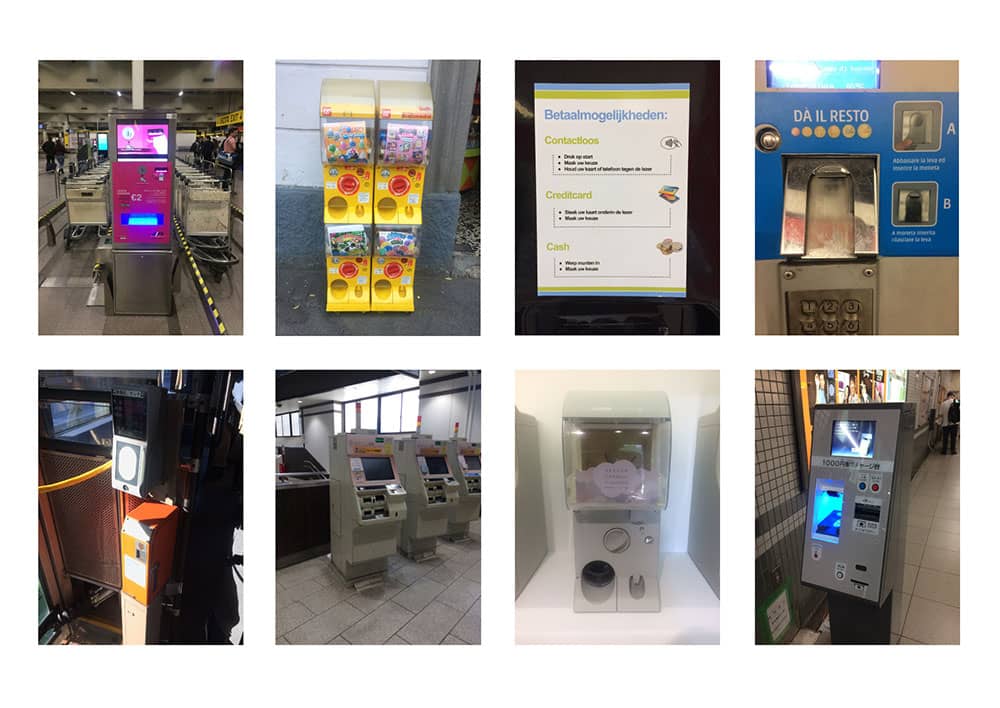
While researching for my graduation show, I started to look at different vending machines and payment options. I soon became fascinated by the varying designs of the machines – from gum ball dispensers to high-tech charging systems in Japan.
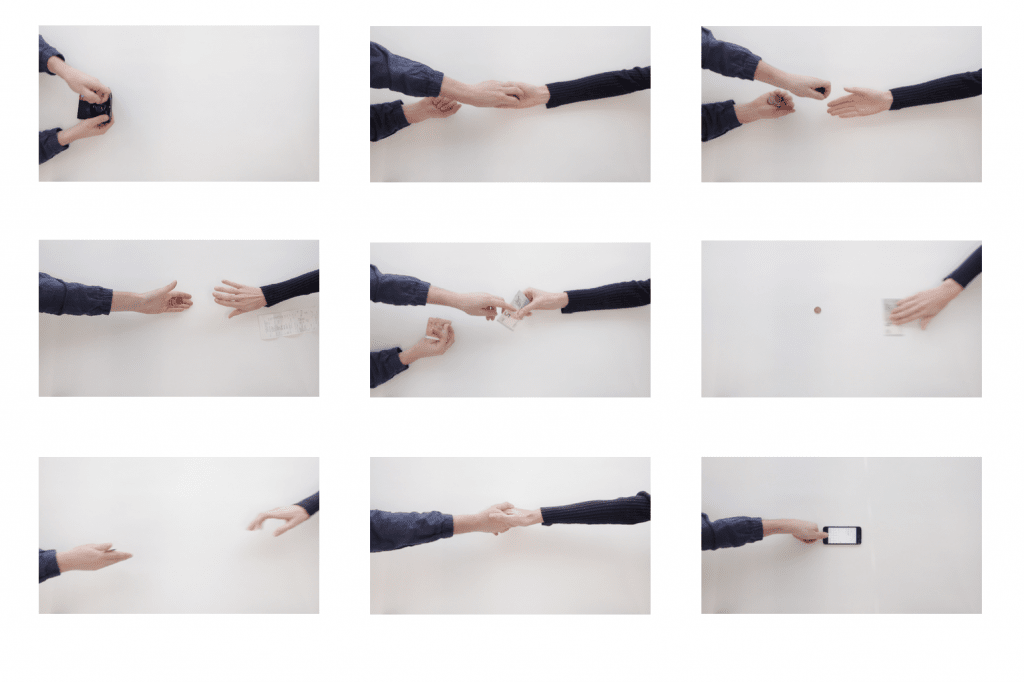
Money has a rich history. Complex bartering traditions gradually evolved into a simple action that no longer requires interaction between individuals. To track this movement, I started to film gestures and behavior: negotiations between traders, the passing of money from one hand to another, individual payments with a fingerprint. Not only does the physical experience of monetary value change – our very interactions with each other are taking on new forms, or even disappearing.
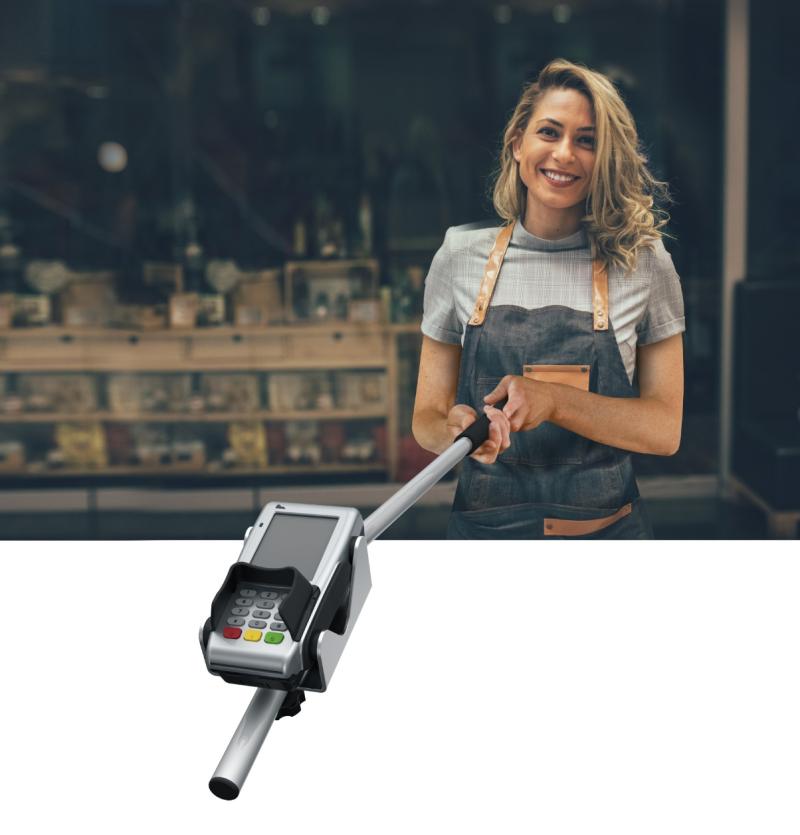
Not only digitalization itself is leading to changes in payment options. The COVID-19 situation also contributes – many shops no longer accept physical cash, in order to combat the spread of the virus. Contactless payment now occurs under social distancing measures and admirably practical solutions have already been implemented.
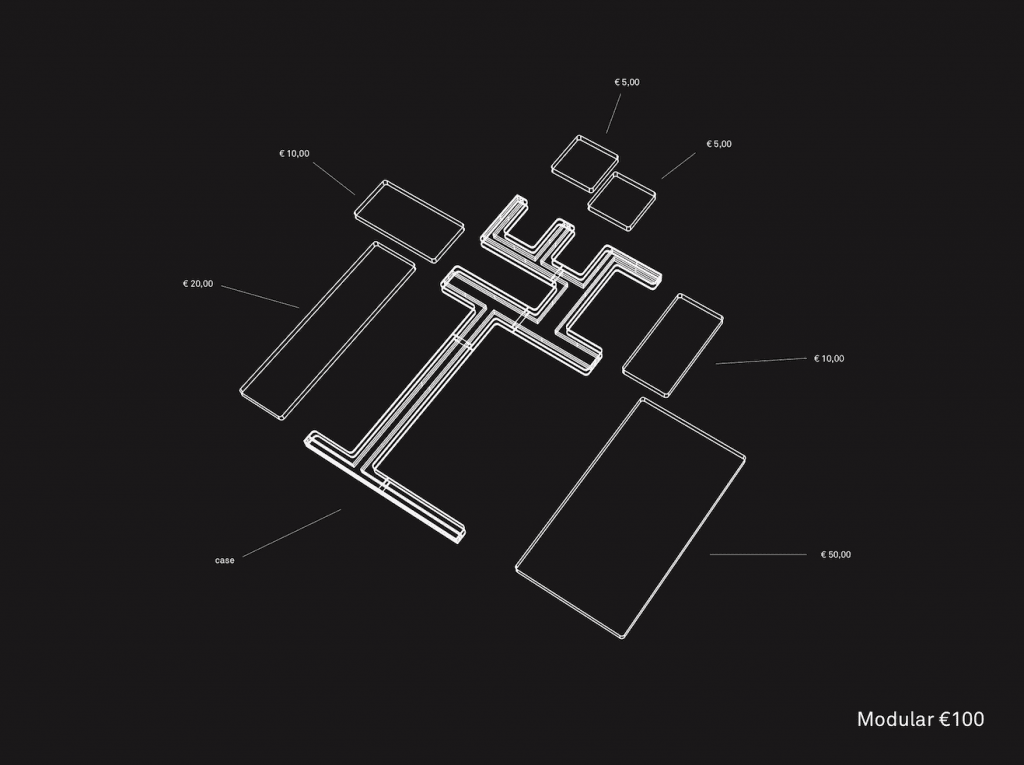
Physical money can be treated in many ways. With a credit card, your experience and the process of purchasing is the same, whether it’s a cup of coffee or a tailored suit. You won’t know the real value of that piece of plastic until you check your bank account. Once it’s in the red, it’s worthless. This kind of abstraction alters your relationship to your money. As a part of my graduation collection, I made prototypes exploring our relationship to digital money.
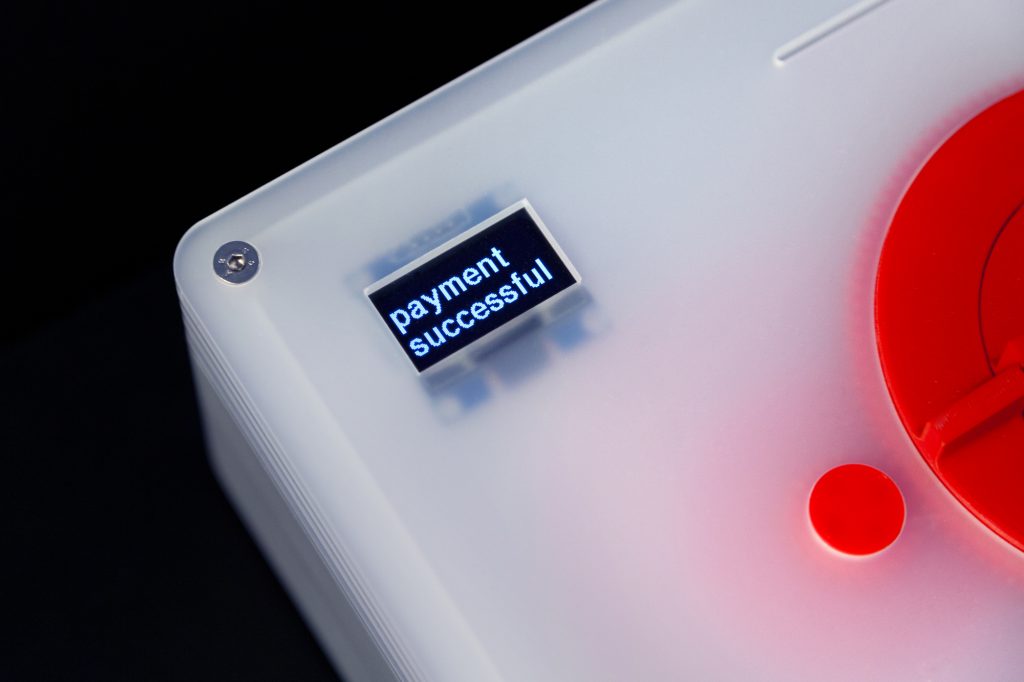
For my graduation collection ‘Objects for a Cashless Society’ I began to explore innovations within payment options. This collection consists of design proposals for ATMs, expense tracking tools, and a piggy bank. I want to use these alternative proposals to explore the transition from a world in which we pay by cash to a digital world that renders the value of money intangible.
Proces
Last year, I started founding my own studio. Below, you can see some process photos for a number of commissions. The design challenge (Re)design death by the Cube Design Museum in Kerkrade is finished now. Unfortunately, the proposal I made with Jesper (as described in my fourth blog) was not selected for the top 3. Iris de Vries (alumna ArtEZ Product Design and former ABC blogger) is part of the final selection, though. So the exhibition will still be worth a look.
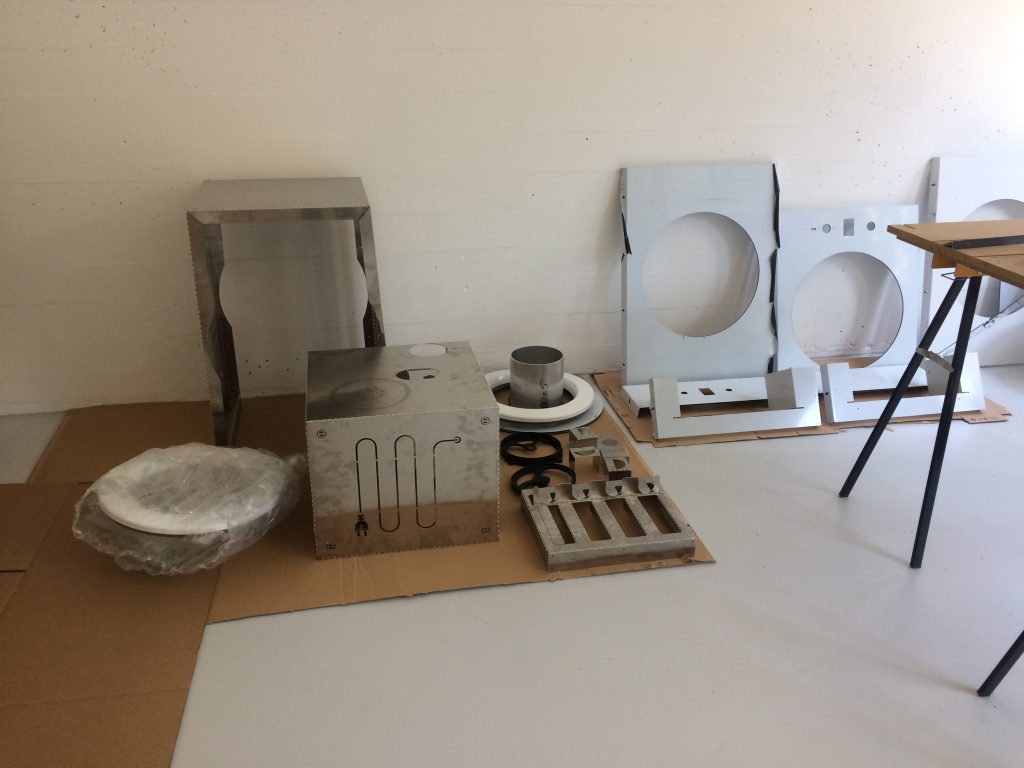
with the theme Designing for Precarious Citizens, posted through Future Makers ArtEZ, resulted in a collection of domestic appliances which could be shared with people in your neighborhood through an opening in the wall. Frank approached me with the question if I could think along about the payment options for the sharing platform.
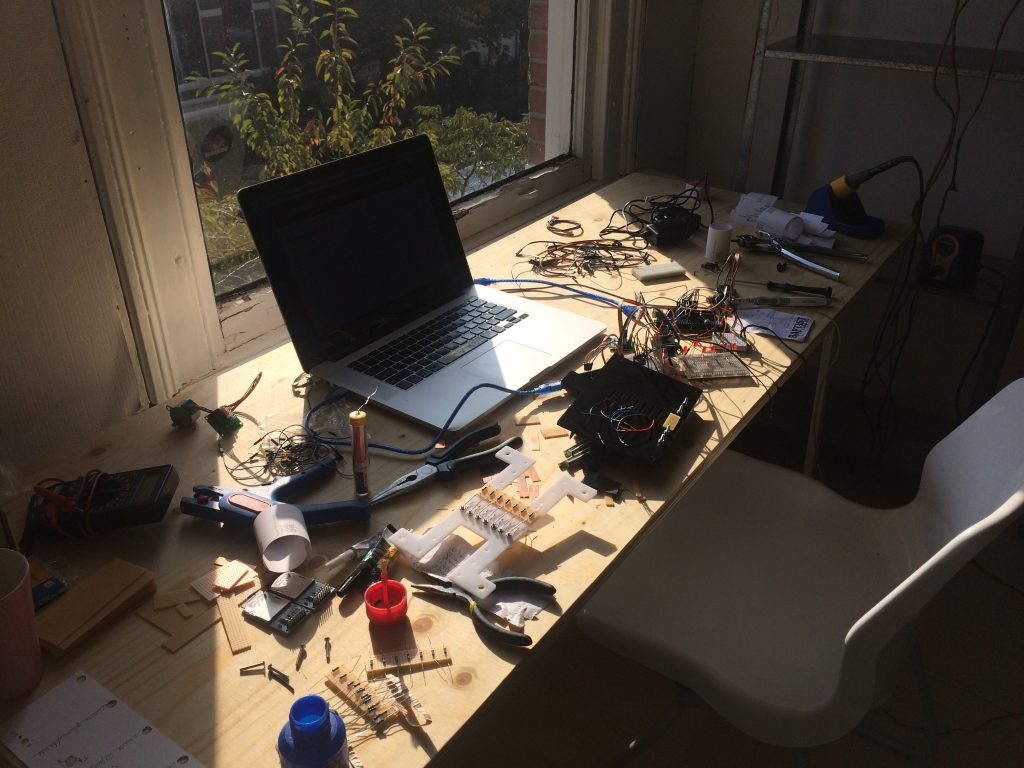
Through Future Makers ArtEZ I was asked to collaborate on the Labyrinth of Sustainability for Dutch Design Week 2019. My assignment was to keep a personal data analysis of the visitors, without making them leave their data. I worked together with Bram de Groot to produce devices that could read punch cards and, in that way, give each visitor their personal score. Because we didn’t have a studio space yet at the time, we transformed our living room into a workplace.
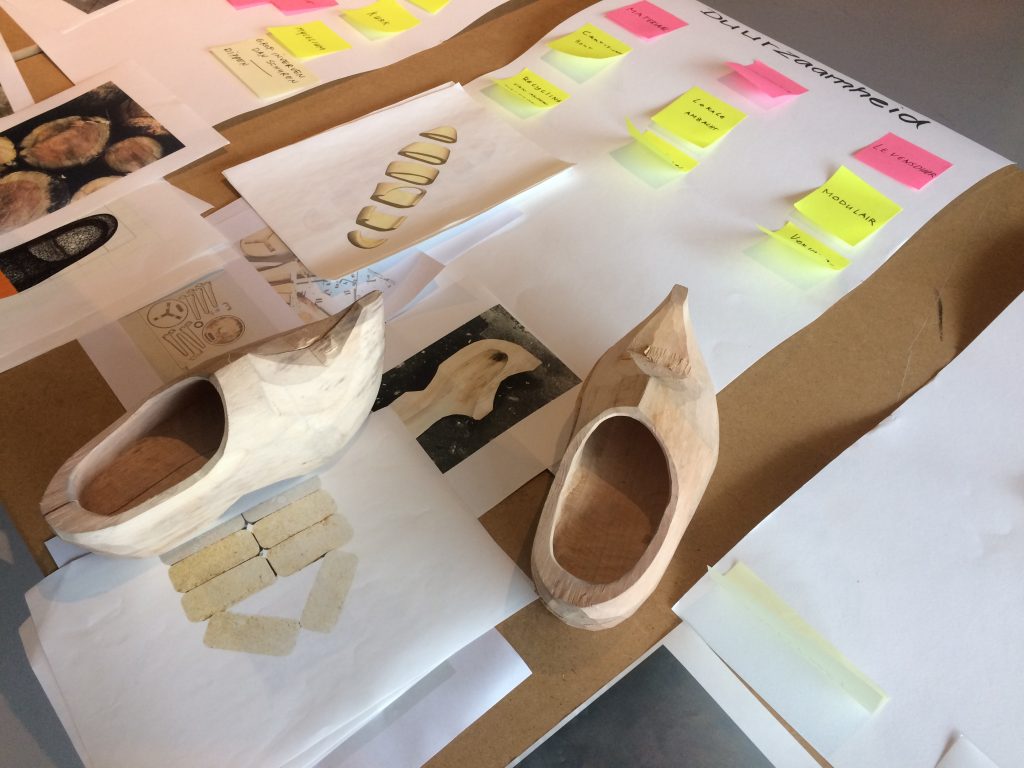
The AmbachtenLab [CraftsLab] approached me with the question whether I wanted to collaborate on a research project focused on the traditional clog, together with artisans, designers and students. Clogs are an interesting product in my eyes – they have a rich history, are locally produced and usually consist of one single material. Together with Marijke Bruggink (designer), Willemijn Doornebos (student CMD) and two artisanal clog makers Martin Dijkman and Daniel Kosters, we conducted weekly brainstorms, made sketches and models. You can find more information (in Dutch) at: https://www.immaterieelerfgoed.nl/nl/page/7130/ambachtenlab-klompen-maken
I’m currently working with Luuk Wiehink on an action plan for a digital piggy bank. He’s helping me set up a business plan, realize a prototype and prepare a presentation to pitch the product with potential clients.
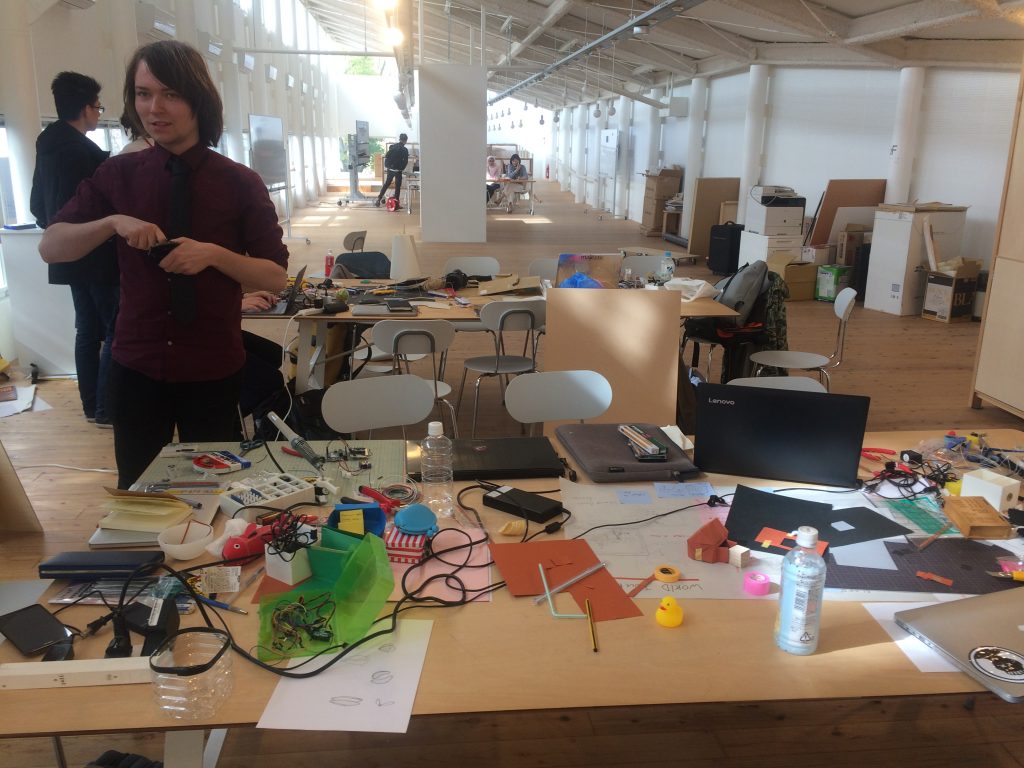
The highlight of the first year is the journey to Kyoto in Japan. As an alumnus I was allowed to participate alongside Product Design and Interaction Design students in a workshop at the Kyoto Design Lab organized by Frank Kolkman. You can read more about the workshop and my experiences in Japan in my second blog. It was a short trip that left a big impression. I’m not sure what’s ahead in the coming time. The coronavirus means it’s quiet, commission-wise, so I focus on my own work and explore Master’s programs that align with my interests. That’s all about my first year (and a half) as an independent designer – thank you for reading my blogs.
Translation by: Witold van Ratingen
Thomas van den Bliek
I’m a product designer with an interest in new technologies. My fascination for the transition from an analog to a digital world has led me to explore the byproducts that emerge with these new technologies and systems. I want to question the frictionless life that the digital era promotes and recover the human aspect through design propositions.
Follow Thomas van den Bliek
